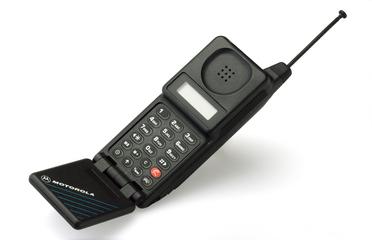
Fullerphone Office Mk I*, 1915
Fullerphone Office Mk I*, made by Siemens Brothers & Co Ltd, serial number 1628, British, 1916 (ebonite base of relay broken)
In 1915, British Army Captain Algernon Fuller developed equipment for sending messages by telephone and Morse code telegraph. Though called a Fullerphone, the telephone handset was not fully secure and was only intended for emergencies. In secure telegraph mode, sets sent and received messages using filtered electric current at low voltage, making the Morse code signal almost impossible to detect.
In summer 1916, Fullerphones were first introduced for frontline use at division level, initially they were limited in number so as to be only used for communications between battalions and brigades. During the winter of 1916-1917, there was an increase in supply such that they could be used for communications between companies and battalions. A postwar report published in 1922 described them: "These telegraph instruments defy any listening sets, and afforded a much-needed feeling of security to commanders in the "danger area." [frontline area where there was a risk of German interception]."
Fullerphones were used by Britain and its allies for the rest of the First World War and into the Second World War.
Details
- Category:
- Telecommunications
- Object Number:
- 1921-373
- type:
- secure telephone
- credit:
- Imperial War Museum




